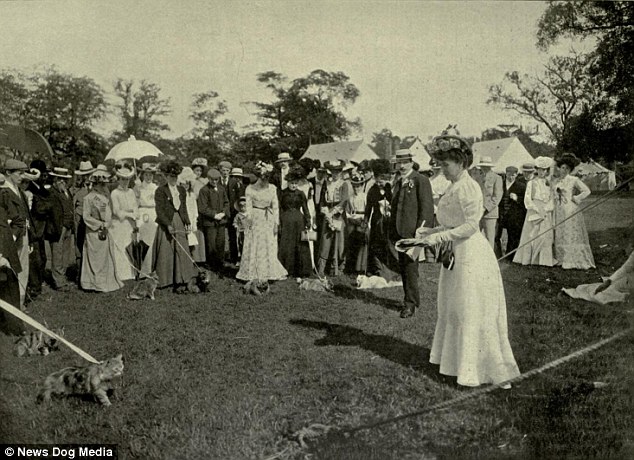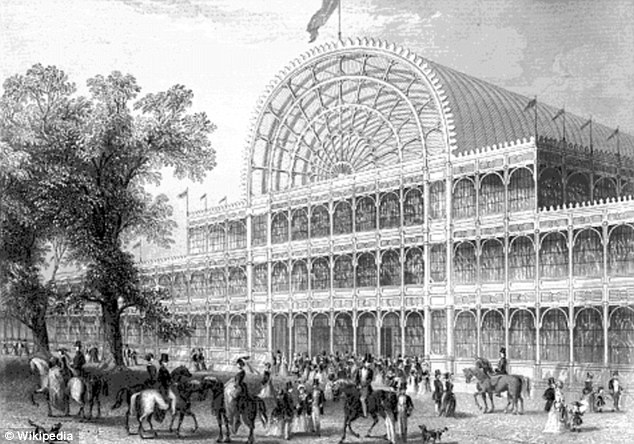Love them or hate them, there’s no point in admitting that house cats belong anywhere else but curled up in a home. While they might be the chosen pet for millions of people around the world, however, cats weren’t always a popular choice and it was only after the interventions of one man that they became the beloved creature they are today. Just a few hundred years ago, cats were seriously out of style and after one man took a stand, society slowly started to come around to the idea.
Harrison Weir was a Victorian-era man who had a penchant for cats. Weir’s affection for the creatures came at a time when functionality was high on the agenda, and cats were employed as merely rodent catchers, nothing more. Over the years, Weir’s liking of the creatures only grew, despite the social strangeness of his affection. Rather than championing cats as excellent hunters, he focused on their aesthetic beauty and the comforting uses they might serve around the house.
Taking his affection one step further, Weir organized the very first cat show in 1871, held at the Crystal Palace in England. While he initially had difficulty locating suitable cats and interested owners in the show, Weir’s efforts eventually paid off, only after he searched in other places. With only a handful of interested people, Weir and his men scoured the Palace’s basements for suitable creatures, after having discovered that they were full of both mice and cats. Eventually, over 200 cats were rounded up and put on display, made up of a whole variety of different breeds and looks.
Although Weir’s show was primarily about house cats, he did manage to capture and exhibit a wildcat, which drummed up a great deal of interest. Exhibited by the Duke of Sutherland, the cat was the only one of its kind in the show, kept in a heavy box so as to prevent it from escaping in the mammoth building.
Weir’s interest in cats helped to reshape the way that owners treated their pets. Writing that he wished to create the show so that the cats’ needs could be better attended to, Weir did away with a competition section, hoping instead to instill good care ideas in the minds of the cat owners who visited. Despite this, a number of monetary prizes were offered to a few of the participants in the show, aimed towards inciting them to be kinder to their pets. Money was handed out to some of the poorer guests who visited the show, giving them a means of caring for their cats in the proper way.
After the great success of the cat show, Weir went on the found the National Cat Club in 1887, organizing its first official show straight away. This time, he had no trouble finding willing participants, showing off a total of 300 cats at the Crystal Palace. Following on from this, cat clubs began to pop up around the country as the appreciation for the animals grew. Despite this, Weir became unhappy with the progress, believing that caring for cats had become an elite business. New shows went in an entirely different direction, excluding working class entrants from participating. In spite of this change, however, cat appreciation in general was on the rise, showing people just how much there was to love in their furry friends.




